Glass artist Sven Robert Palmqvist (sometimes spelled Palmquist) was born in 1906 in Lenhovda, Sweden. He is best known for his collaboration with the glassworks Orrefors, for which Palmqvist created the Fuga bowl series.
Palmqvist apprenticed as an engraver in Orrefors, the city near his hometown where he would establish a long and successful career in glass design. He graduated in 1931, having specialized in engraving, then went on to study in Stockholm at the Konstfack (University College of Arts, Crafts and Design) and the Royal Swedish Academy of Fine Arts. Palmqvist spent some time in Paris, but returned to the relative safety of Orrefors Glassworks during the Second World War, where he remained for the rest of his working life.
In 1944, Orrefors launched Palmqvist’s Kraka collection, which included vases, bowls, and ashtrays featuring a fishnet-like wire mesh pattern set into two layers of glass. The effect created trapped air bubbles and resulted in a beautifully patterned piece that was produced by hand from its launch year until 1972. Though there were four models in the Kraka collection that were not hand-crafted, the mass-produced models (3364, 3365, 3366 and 3367) can be easily identified by their number, along with an “S” or “SU” mark, rather than the Palmqvist’s own signature. These pieces fetch lower prices on the vintage market for obvious reasons. Palmquist created the Ravenna in 1948, before developing his most successful design in 1954—the Fuga bowl series (sometimes known as Colora). Instead of mouth or hand-blown glass, the Fuga bowls were formed from spinning molten glass on a rotating mold, which created an attractive, durable piece. It is rumored that Orrefors was sceptical about the high-tech design until the iconic Swedish department store, Nordiska Kompaniet, ordered a year’s output of Fuga bowls. The series’ definitive breakthrough came in 1955, when it was exhibited at the “H55” Helsingborg Exhibition. It also won the Grand Prix at Milan’s Triennale in 1957, and went on to be a great commercial success for Orrefors.
Palmqvist’s distinguished career with Orrefors spanned over four decades, from 1928 until 1971 when he retired. The versatile designer also created glass sculptures that can be seen in churches, the entrance to the SVT in Stockholm, and offices in Dubai. Palmquist was buried in his hometown of Lenhovda, following his death in Orrefors in 1984. The Fuga series was re-released by Orrefors in 1998 to coincide with the glassworks 100th anniversary, just a few years before the glassworks ceased production in Orrefors itself in 2013. Palmqvist’s designs are housed in the (seasonal) Orrefors museum that opened in the place of the factory and he is remembered as a significant contributor to Scandinavian glass design in the 20th century.
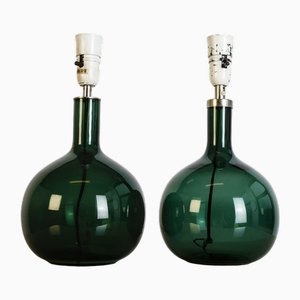
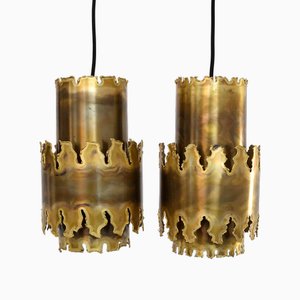
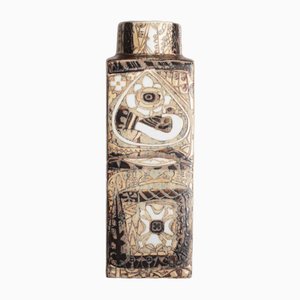
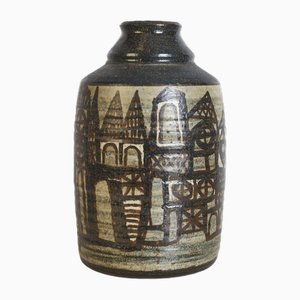
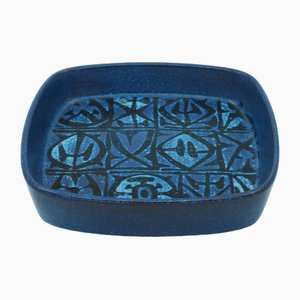
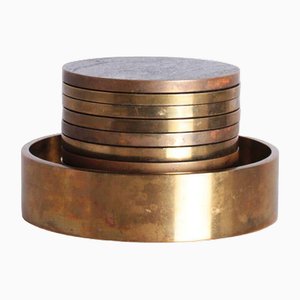
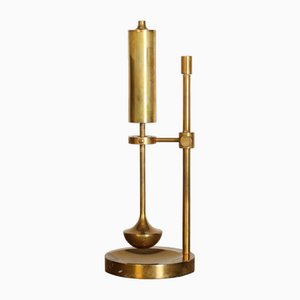
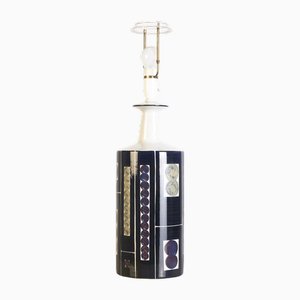
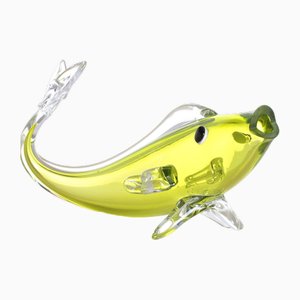
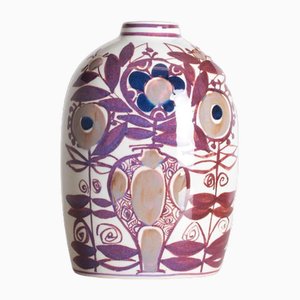
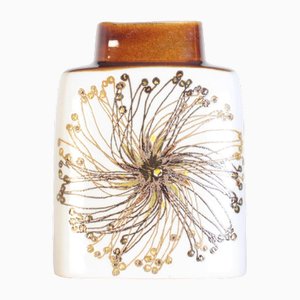
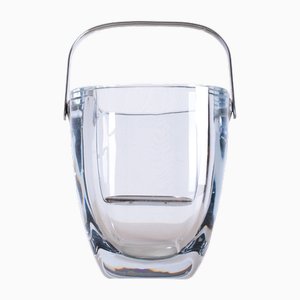
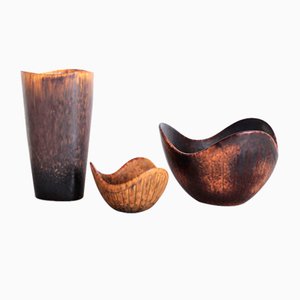
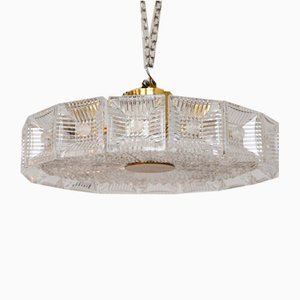
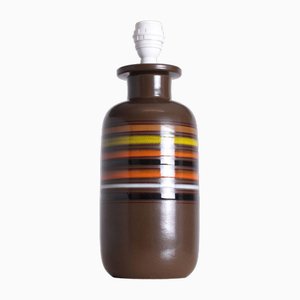
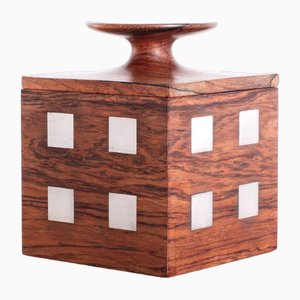


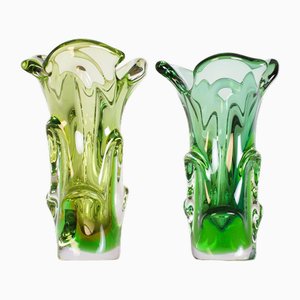
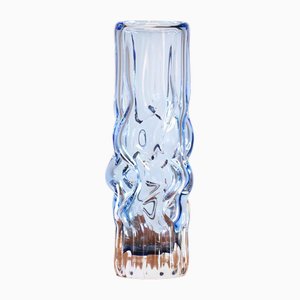
Get in Touch
Make An Offer
We noticed you are new to Pamono!
Please accept the Terms & Conditions and Privacy Policy
Get in Touch
Make An Offer
Almost There!
To follow your conversation on the platform, please complete the registration. To proceed with your offer on the platform, please complete the registration.Successful
Thanks for your inquiry, someone from our team will be in touch shortly
If you are a Design Professional, please apply here to get the benefits of the Pamono Trade Program